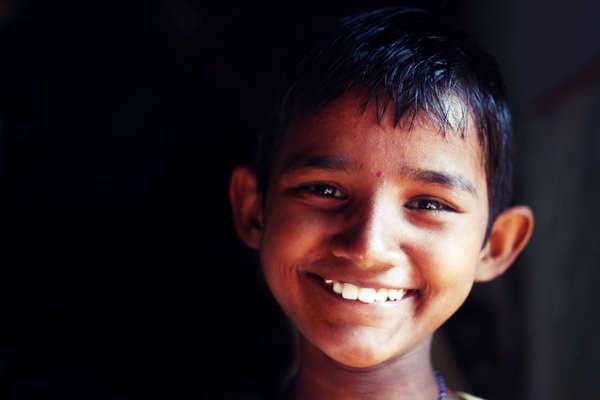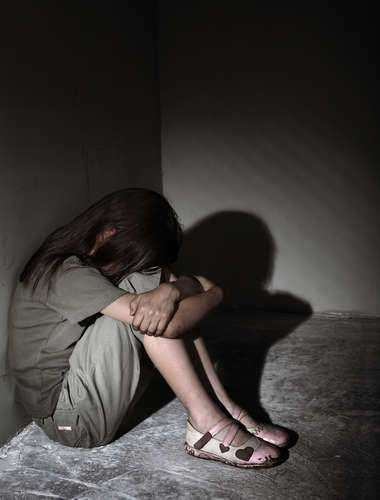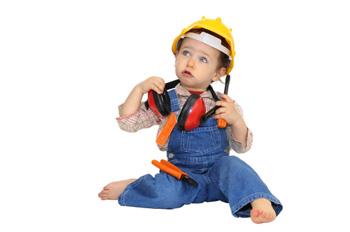What You Didn’t Know About Child Soldiers





In many countries forced child labor is still common. Some children are forced to do factory work, but others may be forced into prostitution, as tourist guides, and working in sweatshops. The majority of forced child labor occurs in the informal sector, resulting in minimal pay. If your rights have been violated contact a labor lawyer to consult your case.
Forced child labor, even if it does not involve trafficking or slavery, threatens the well-being of children. Many children grow up malnourished, never reaching their physical potential. Child labor also damages children mentally and emotionally, often scarring them for life as a result of abuse.
Approximately 60% of forced child labor occurs in Asia, with Africa a close second. Forced child labor is an abuse of inherent human rights. Regardless of the area in which it takes place, child labor is an exploitation of the world's most vulnerable individuals.
The issue is global in scope, as the majority of countries in the world suffer from some sort of child labor abuse. In addition to exploiting and putting children in danger, child labor also restricts the development of proper employment in countries that already struggle economically, including the United States.